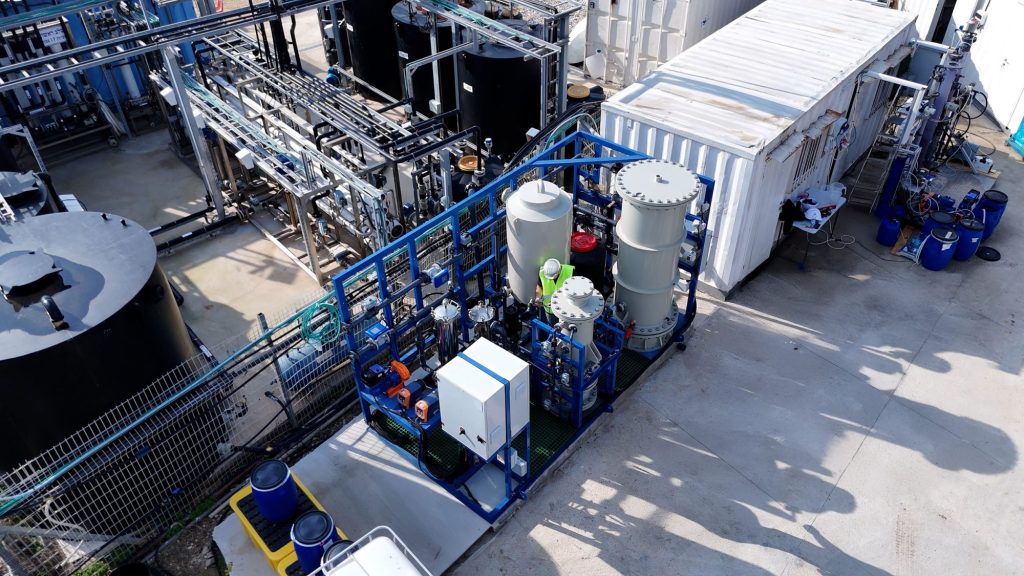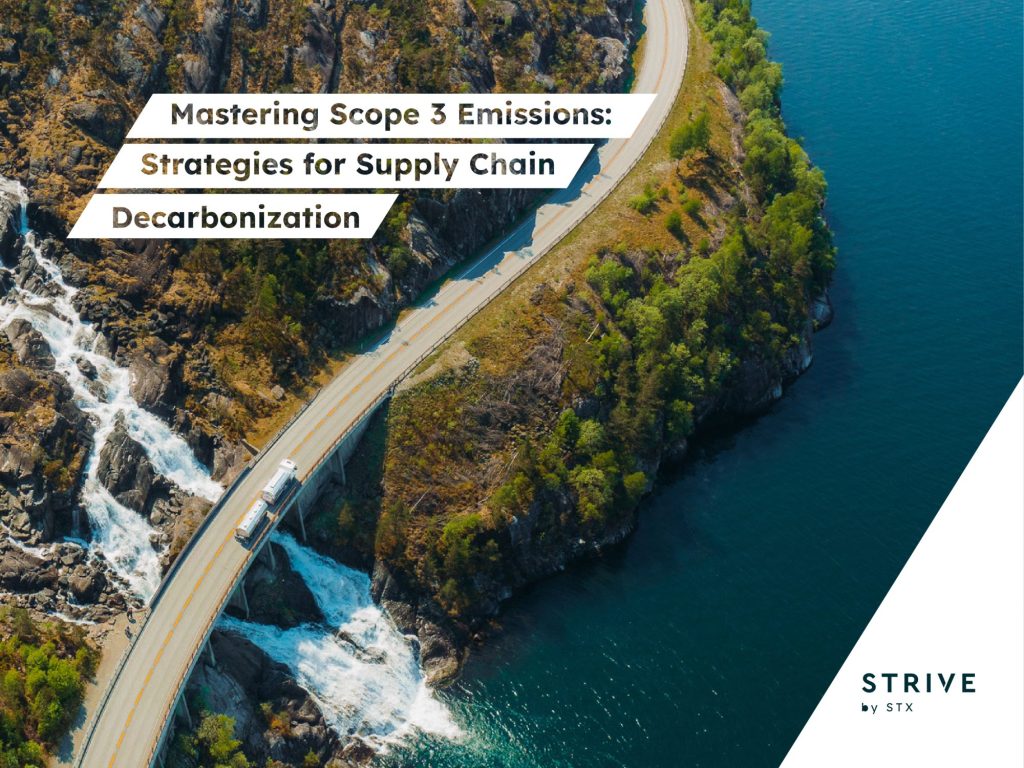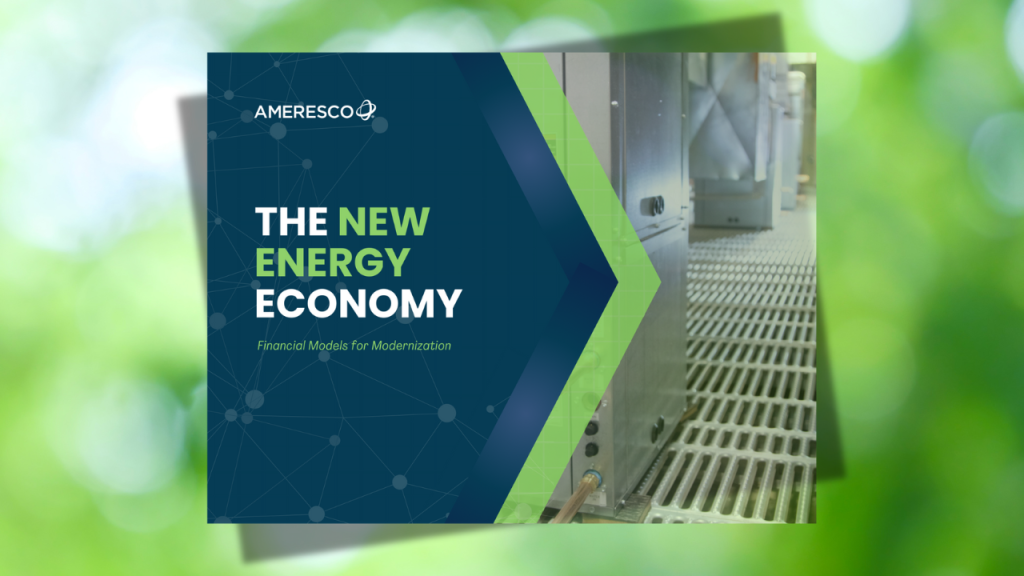This new process promises to help decarbonize the desalination industry
Multiple startups are developing carbon removal technology embedded in facilities that could blunt the environmental impact of the fast-growing demand for clean water. Read More

-
- Integrating carbon removal with desalination could pull down hundreds of millions of tons of CO2 from the atmosphere annually.
-
- Startups are developing diverse approaches, with some relying on carbon credit sales to fund the work.
-
- Barriers to scale include sustainable production of feedstocks and the availability of cheap and clean energy.
The desalination industry is in boom times: Dwindling supplies of freshwater coupled with rising demand are driving annual growth rates near 10 percent.
The industry, however, consumes large amounts of energy and produces significant amounts of salty wastewater, which isn’t good news for the environment. But an emerging trend — integrating carbon removal into desalination plants — offers hope of blunting those negative impacts.
The trend is visible at a desalination facility in Ma’agan Michael, Israel, where local startup CarbonBlue announced this month that it has begun capturing dissolved carbon dioxide from water flowing through the facility’s inlet pipe. It has multiple rivals in the race to commercialize technology that can be integrated with desalination and other water treatments facilities. These competitors include startups Captura and Ebb Carbon, as well as Capture6, which has plans to work with a desalination plant in South Korea to capture up to half a million tons of CO2 annually.
Emissions from desalination plants could exceed 400 million metric tons this year, according to projections made in 2022. The theoretical upper limit for carbon removal at desalination plants is more than twice that, noted a recent report on the approach from nonprofit RMI. But limits on the availability of renewable energy to power the process, along with other constraints, mean that carbon removal is unlikely to completely decarbonize the industry. Still, technology from CarbonBlue and others could, if scaled globally, remove hundreds of millions of tons of CO2 annually.
Capturing carbon and cutting costs
CarbonBlue’s approach is well positioned to scale because it also saves money, the company said. The installation at Ma’agan Michael is an initial test designed to capture up to 400 tons annually. The removal takes place in a reactor that uses lime to pull CO2 from the water. Desalination operators already know that lime can reduce the accumulation of organic matter on membranes, alongside other benefits. CarbonBlue’s reactor controls this process and can cut operating costs by almost 8 percent, said Dan Deviri, the company’s co-founder and CEO.
“Our approach is to provide industry with tools to decarbonize, not only without harming the value chain, but actually to make it more profitable,” added Adam Etzion, the startup’s director of marketing and communications.
CarbonBlue’s competitors are pursuing diverse approaches. Captura is headed by Steve Oldham, a carbon removal veteran who previously led Carbon Engineering, a direct air capture company that was acquired by Occidental, a U.S. oil and gas major. The startup uses electricity to trigger reactions that release CO2 from seawater, which is then captured and stored. Capture6 takes the salt extracted during desalination and generates a solvent for use in direct air capture facilities, while Ebb Carbon uses electricity to create alkaline water, which naturally pulls CO2 from the atmosphere.
Credits are critical for some
In addition to saving money for desalination plants, CarbonBlue plans on selling carbon credits. Frontier, a coalition of carbon removal buyers founded by Shopify, Google and others, pre-purchased 400 credits from the startup in 2023.
Credit revenue will be more important to some rivals, promoting some recent eye-catching deals: Captura said in March that it had contracted to sell 30,000 credits to Japanese shipping company Mitsui O.S.K. Lines. And in October, Ebb Carbon inked a 350,000-credit, 10-year agreement with Microsoft. (Both companies’ technology can be deployed at different types of water treatment facilities, so the credits may not fund projects at desalination plants.)
The cost-per-ton of these deals was not disclosed, but Oldham and Deviri said current credit prices were in the range of hundreds of dollars per ton. All the startups expect costs to fall dramatically. Oldham said the company’s models project a price between $100 and $150, and Deviri said he sees a pathway to less than $100.
Barriers to scale
The work at Ma’agan Michael does not mean that CarbonBlue is ready to start delivering credits, however. Like other carbon removal companies that rely on lime — including Seabound, which uses the substance to capture CO2 from ship exhausts — CarbonBlue’s process won’t be carbon negative until it can find a sustainable means of producing the feedstock. Current methods rely on heat generated by fossil fuels and produce around 0.8 metric tons of CO2 for every ton of lime. Deviri said his company is building a facility that will produce lime with 40 percent lower emissions than conventional processes, which it will use to supply the Ma’agan Michael reactor in 2026.
Availability of clean power may also hamper scaling. All the processes require significant amount of power and are only carbon negative if renewables are used. The RMI report noted that removal technologies that rely on electrochemical separation of seawater currently consume 1.9 to 2.8 megawatt-hours of electricity for every ton of CO2 removed, equivalent to two to three months of electricity consumption by an average American household. That will likely fall as the technologies become more efficient, but by how much? The magnitude of those efficiency gains may be critical in determining the extent to which carbon removal can lessen the environmental burden of the desalination industry.
















